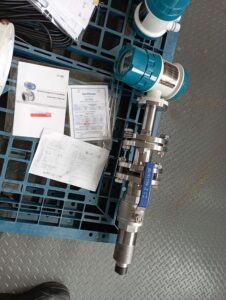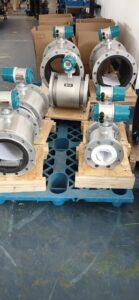Electromagnetic flowmeters should be maintained when not in use, as the meter will become ineffective if not used for a long period of time. We know that instruments and meters have a service life, and instruments will wear out during use. Reasonable maintenance can not only extend the service life of instruments, but also improve the accuracy of measurements, which is of great significance to instruments. This article introduces the maintenance measures for electromagnetic flowmeters when they are shut down.

1. Zero point inspection and adjustment
Before the electromagnetic flowmeter is put into operation, the zero point must be adjusted when the electromagnetic flow sensor is filled with liquid. After being put into operation, the zero point of service conditions needs to be checked.
Especially for precipitated, easily contaminated electrodes, non-clean liquids containing solid phases, more inspections should be performed at the beginning of the operation to gain experience in determining the normal inspection cycle.
Compared with rectangular wave, electromagnetic flowmeters in AC excitation mode are more likely to produce zero drift, so inspection and adjustment are more important.

2. Regularly check the electrical performance of the sensor
First, roughly measure the resistance between the electrodes of the electromagnetic flowmeter. Disconnect the signal between the sensor and the converter. The sensor is filled with liquid. Use a multimeter to measure the resistance of both electrodes and the ground terminal.
The first measured resistance value is recorded, which can later help determine the cause of sensor failure, such as whether the deposited layer is conductive or insulating.

3. Next, the electromagnetic flowmeter sensor is emptied of liquid and the inner wall is cleaned. After it is completely dry, measure the resistance between the two electrodes and the ground terminal with a megger.
Finally, check the insulation resistance of the magnetic coil, remove the magnetic coil of the sensor, the terminals and the converter are indirectly connected, and measure the insulation resistance of the coil with a megger.
